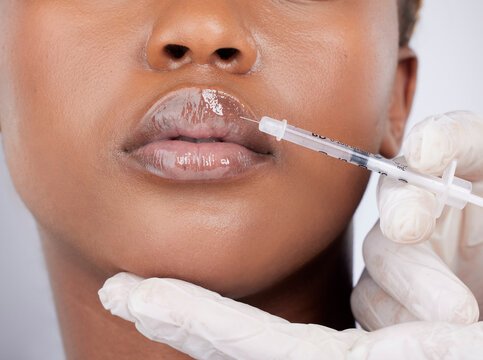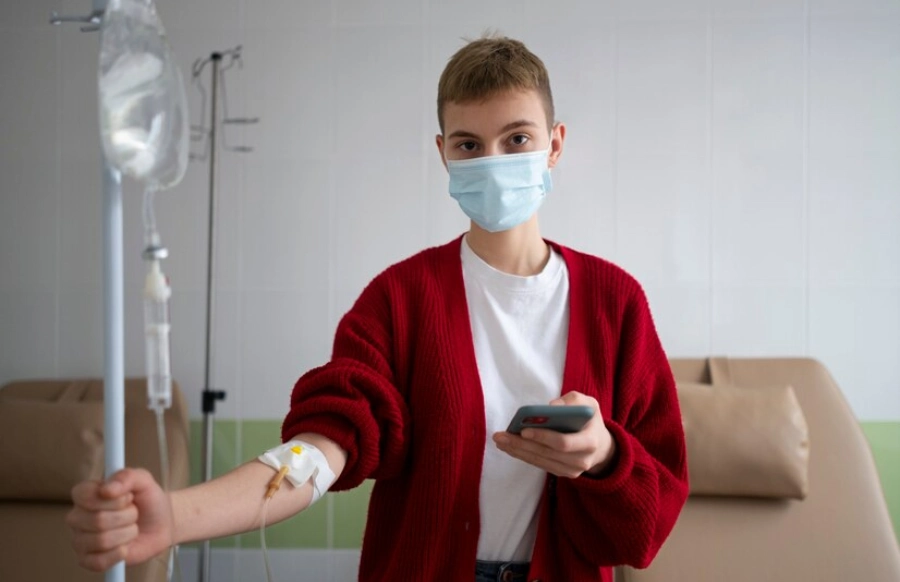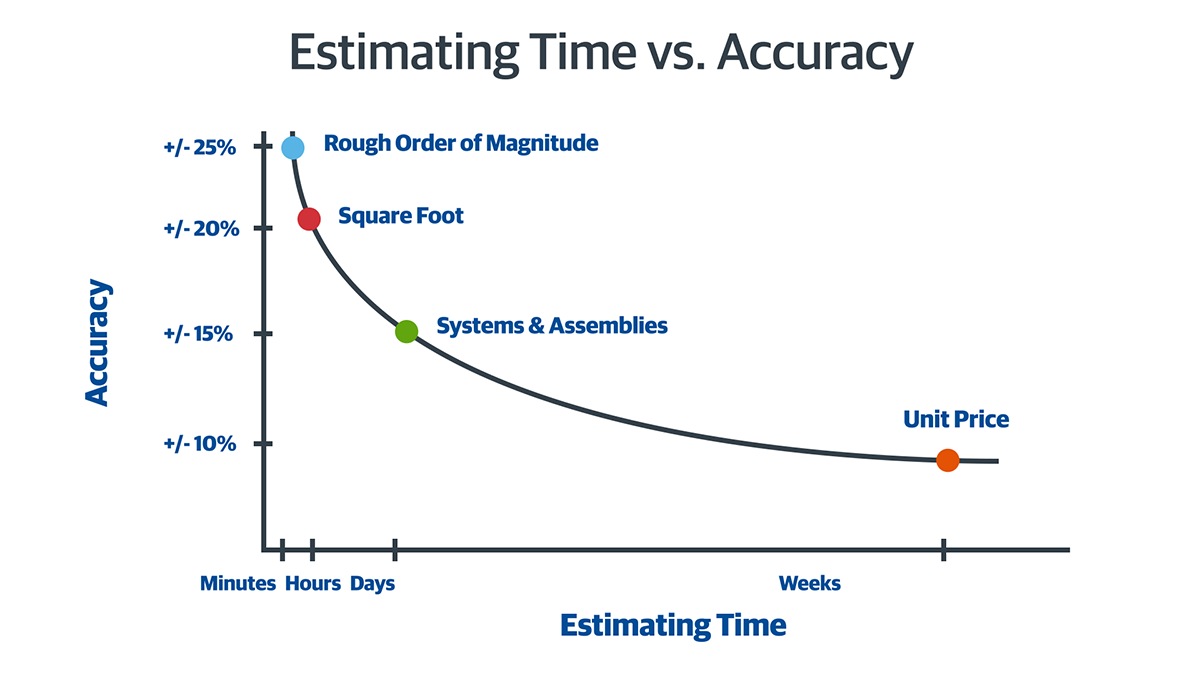Vitiligo is a chronic skin condition characterized by the loss of pigmentation, resulting in white patches on the skin. It can affect individuals of all ages and skin types, often leading to emotional and psychological distress. As people seek effective solutions, various treatment options are available, including topical medications, phototherapy, and surgical procedures. Among these, laser Vitiligo treatment in Abu Dhabi has gained popularity as a non-invasive approach aimed at restoring skin color and improving overall skin appearance. But is laser vitiligo treatment a good option for those affected? This comprehensive overview explores the benefits, mechanisms, and considerations related to laser therapy for vitiligo.
Understanding Laser Vitiligo Treatment
How Does Laser Therapy Work?
Laser vitiligo treatment utilizes specific wavelengths of light to target depigmented areas of skin. The procedure works by stimulating melanocytes—the cells responsible for producing skin pigment—to migrate and regenerate in the affected regions. This targeted approach aims to induce repigmentation, helping to blend white patches with surrounding skin. The technology used in laser therapy offers precision, minimal discomfort, and quick recovery times, making it an appealing choice for many patients.
Types of Laser Treatments Available
Various laser systems are employed in vitiligo management, with the most common being narrowband ultraviolet B (UVB) laser therapy. This specific wavelength effectively stimulates melanocyte activity without causing significant damage to surrounding tissues. Some clinics also utilize excimer lasers, which deliver high-intensity UVB light directly to depigmented patches. The choice of laser depends on individual skin type, lesion location, and response to previous treatments, ensuring personalized care.
Advantages of Laser Vitiligo Treatment
Non-Invasive and Precise Approach
One of the primary benefits of laser therapy is its non-invasive nature. Unlike surgical options, laser treatments do not require incisions or anesthesia, reducing the risk of complications and downtime. Additionally, the precision of laser targeting allows for selective treatment of affected areas, minimizing impact on healthy skin.
Faster Results and Short Recovery Time
Patients often notice improvements within a few sessions, with progressive repigmentation occurring over time. The procedure’s quick nature enables multiple sessions to be scheduled conveniently, fitting into busy lifestyles. Moreover, minimal side effects and rapid healing contribute to patient satisfaction.
Suitable for Various Skin Types and Lesion Locations
Laser therapy can be tailored to different skin tones and lesion locations, making it a flexible treatment option. It is particularly effective for small to medium-sized patches and those on areas where topical treatments may be less effective.
Limitations and Considerations
Variable Response Rates
While many patients experience significant repigmentation, the response to laser therapy can vary based on factors like the duration of vitiligo, lesion location, and individual skin response. Some patches may respond well, while others may show limited improvement, necessitating combination therapies or alternative options.
Need for Multiple Sessions
Achieving optimal results often requires multiple treatment sessions spaced over several weeks or months. Consistent attendance and adherence to the treatment plan are essential for success, which may be a consideration for some patients.
Not a Permanent Cure
Laser vitiligo treatment aims to stimulate repigmentation temporarily. However, in some cases, depigmentation may recur over time, requiring maintenance sessions to sustain results. Patients should have realistic expectations regarding the longevity of outcomes.
Is Laser Vitiligo Treatment Right for You?
Ideal Candidates
Laser therapy is generally suitable for individuals with stable vitiligo, where the condition has not progressed recently. It is particularly beneficial for small, localized patches and areas where other treatments have not yielded satisfactory results. Candidates should undergo a thorough evaluation by a qualified dermatologist to determine eligibility.
Factors to Consider
Patients should consider their overall health, skin type, and personal preferences when opting for laser treatment. A comprehensive consultation will help assess the suitability of the procedure, discuss potential outcomes, and establish realistic goals.
Combining Treatments for Better Outcomes
In some cases, laser therapy is combined with other treatments such as topical corticosteroids or phototherapy to enhance repigmentation. A multidisciplinary approach often provides the best chance for successful management of vitiligo.
Post-Treatment Care and Expectations
Follow-Up and Maintenance
Post-treatment care involves protecting the skin from sun exposure and following specific skincare routines as advised by the dermatologist. Regular follow-up appointments are essential to monitor progress, address any concerns, and determine if additional sessions are needed.
Managing Expectations
While laser vitiligo treatment offers hope, patients should understand that results vary. Patience and adherence to treatment plans are crucial, and maintaining a positive mindset can significantly impact the overall experience.
FAQs About Laser Vitiligo Treatment
1. How many sessions are typically needed for noticeable results?
The number of sessions varies based on individual response and the extent of vitiligo. Generally, patients may require between 10 to 20 sessions, with improvements becoming evident after several treatments.
2. Are there any side effects associated with laser therapy?
Laser treatments are generally well-tolerated, with minor side effects such as redness, swelling, or mild irritation being temporary. Serious adverse effects are rare when performed by experienced practitioners.
3. Can laser vitiligo treatment prevent the spread of depigmentation?
Laser therapy is primarily aimed at repigmentation rather than preventing disease progression. It may help improve skin appearance but does not alter the underlying course of vitiligo.
4. Is laser treatment suitable for all skin types?
Laser therapy can be effective across various skin types, but the response may differ. A thorough assessment by a dermatologist is necessary to determine suitability and customize treatment parameters.
Conclusion
Laser vitiligo treatment presents a promising, non-invasive option for individuals seeking to improve skin pigmentation and restore confidence. Its precision, quick recovery, and suitability for various skin types make it an attractive choice. However, understanding its limitations and setting realistic expectations are essential for achieving satisfactory outcomes. Consulting with a qualified dermatologist to evaluate individual needs and develop a personalized treatment plan is the best step toward managing vitiligo effectively. As research advances, laser therapy continues to evolve, offering hope and improved quality of life for those affected by this condition.
















Leave a Reply